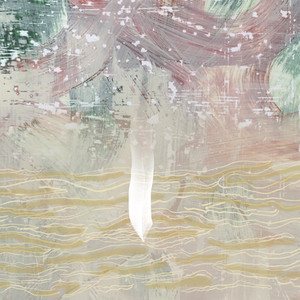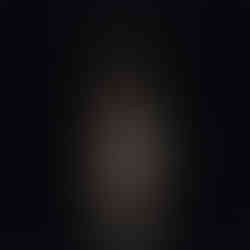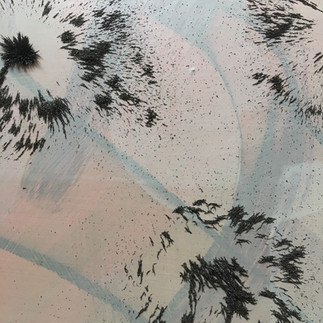Practice statement 2021
- Linda Gilbert

- May 28, 2021
- 2 min read
Updated: Sep 1, 2022
Linda Gilbert
11 May 2021
Geographies where urban or industrial and rural or green spaces border each other interest me. Examples include the sides of motorways, hedgerows, green spaces in urban cities, quarries in rural landscapes.
The land at these edges hold memories and have history. Edges are liminal spaces, neither here nor there. Often they are transitional places under development and risk of being disrupted by each other. Over time, the urban or industrial site threatens to be overcome by weeds and nature, while the industrial or urban site may encroach and destroy the living flora and fauna as new developments occur. These edges are part of a bigger story about the Anthropocene and Earth’s struggle with human domination.
The concept of 'edge effect' comes from ecology and refers to the changes in population or community structures that occur at the boundary of two or more habitats. It is also used in psychology as a metaphorical landscape for the way a person is feeling. I explore this unseen or psychological interpretation of edges as metaphorical landscape.
Urban and industrial environments are described by angles and geometric lines. Biomorphic shapes based on drawings made from field visits denote rural and agrarian environments. Geographic features such as sedimentary layers and patterns found in the limestone become motifs and layers which are simplified and abstracted. Layers of glazing signify the passage of time, as well as life and death.

A material I use is Rockstock which is a stone based paper that meets my criteria of being environmentally friendly. I am currently exploring the limestone quarry in Kaiwaka and both the quarry and the substrate I am painting on are calcium carbonate. Rockstock is heavy and has sculptural possibilities. The substrate is also the subject.
Mapping is a feature of my practice. I make site visits, research the site on Google Earth, take photographs and then make drawings (by hand and digital). This is how I map the experience and in this way it becomes embodied. It also feeds into my interest in magnetoreception, a sensitivity to magnetic energy emanating from the earth. Bacteria, migratory birds, and bees are known to have this sense but recently it has been revealed that humans also possess it.

Colours are vibrations from the electromagnetic field at different frequencies, detected by our eyes and interpreted by our brains. Zings of neon pink paint and pink builders’ line feature as signifiers of human impact. They shout danger and are complementary to the greens found in the environment.
The way I am drawn to these places has me wondering if this is magnetoreception at work, or perhaps some other unseen energy associated with the history of the site - the rub of time. This is a sense most humans perceive yet find uncanny.













Comments